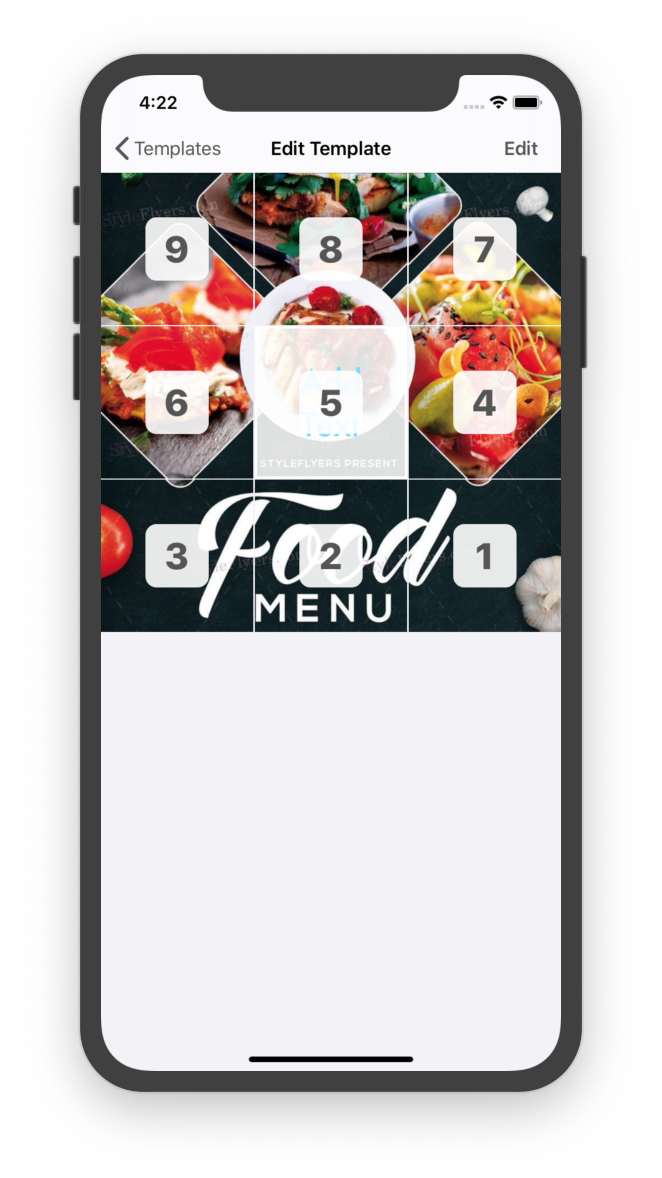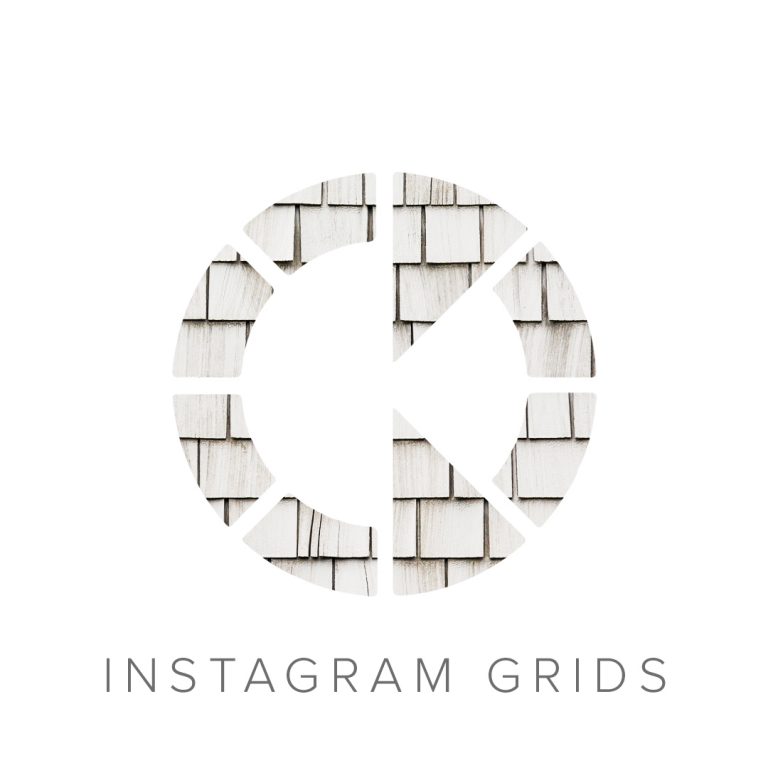
With resolutions and screen sizes increasing every day, this is not an impossibility. And if Instagram ever goes to four columns or two, then you’re stuck again. One single image post after tiling will offset the whole grid and your images will be “broken” until you reach three posts again also not a good look. The other aspect to consider is that by posting a set, you’re stuck posting in threes. While a gallery or set of three may be the way you want to tell your story, it may be better to serve it up in a way that works with Instagram’s intended way of doing things. On a computer, instead of getting a smooth scroll with your finger and the ability to enlarge each image, you just get a page refresh and your next image. As long as you have a compelling image at the extreme left or right of the image, a gallery is a better way to showcase a panoramic image, but only on mobile devices. Instagram was designed to work with single images (or galleries that load from a single image now), and so that’s generally the best practice. And while thinking like a photographer, these tiles may work, in practicality they don’t look how you think they look in all platforms.


It’s a basic rule of web design: it’s got to work on as many devices as possible. Ever since Instagram switched to an algorithm-based feed instead of a chronological one, there’s no telling which part of your image users will see. I’m aware some schools of thought say it drives traffic to your Instagram page, but that short-term gain can be squandered if all people ever see are snippets of photos instead of entire creations.

I find myself scrolling past things I can’t recognize. Never mind the fact that in someone’s feed, it’s more likely to aggravate than titillate. Much uglier with the big gaps than on mobile. A grid of Instagram photos as it appears on a desktop computer.


 0 kommentar(er)
0 kommentar(er)
